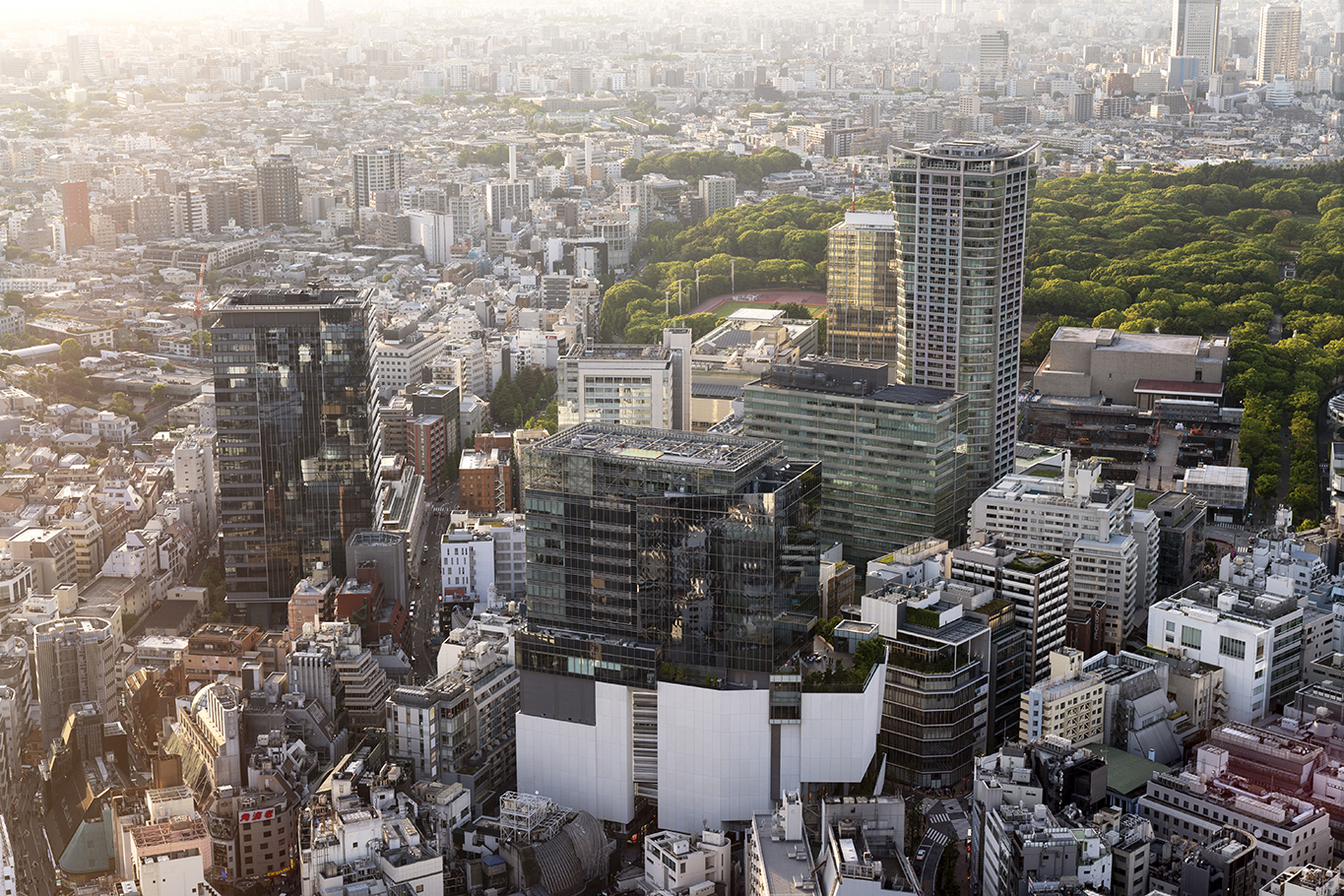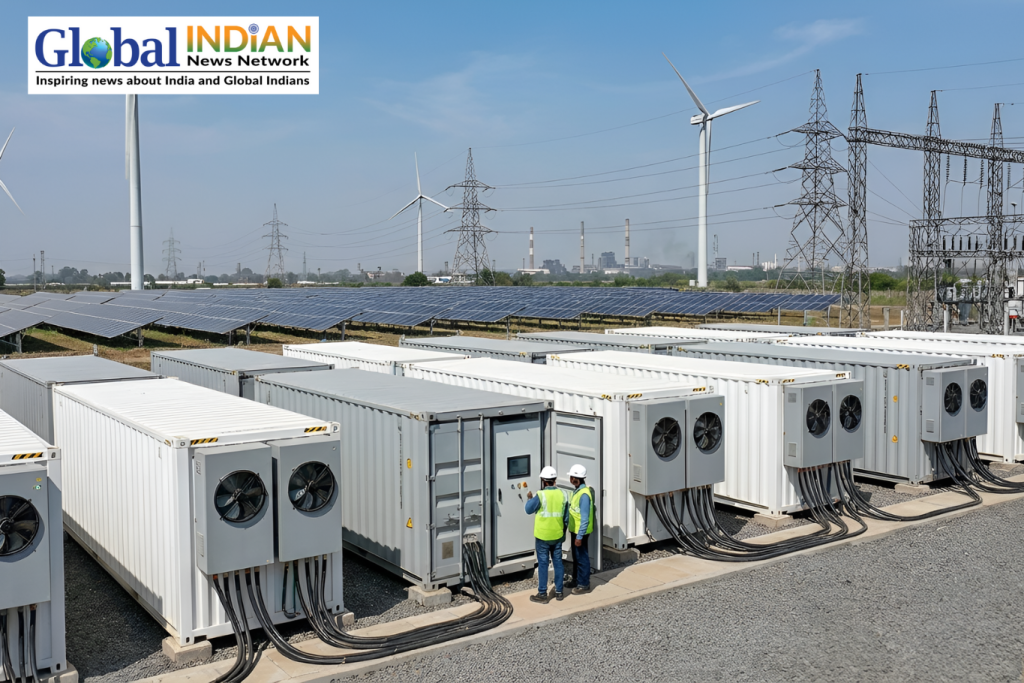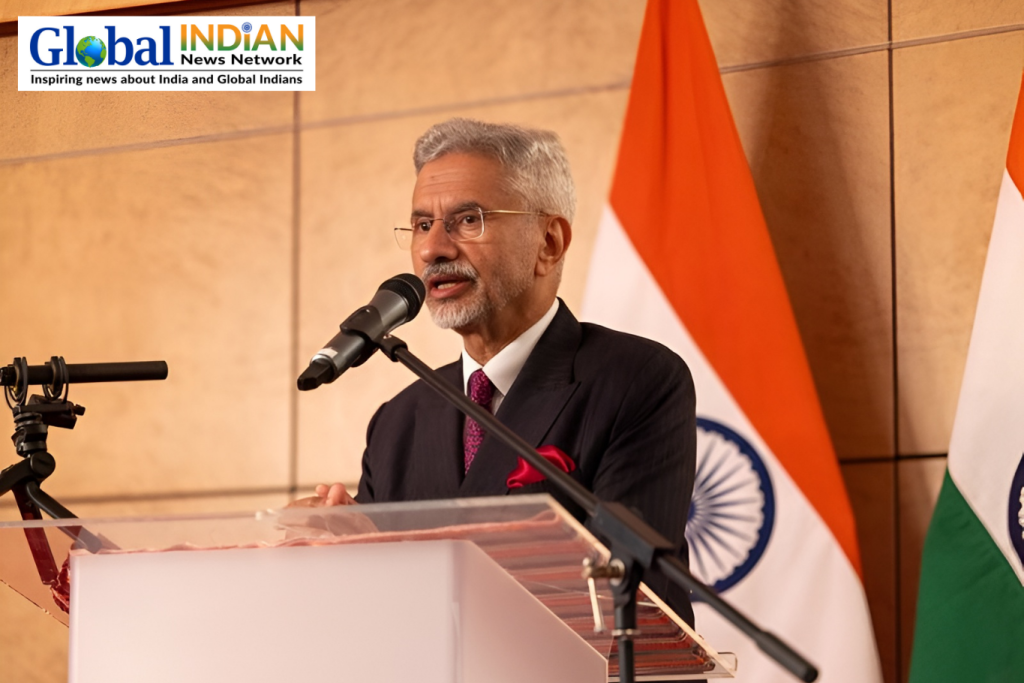 Moody’s has maintained India’s ‘Baa3’ rating, the minimum investment grade, and a steady outlook. Despite a decrease in potential growth over the past decade, India’s growth is projected to surpass other G20 economies for at least the next two years, driven by domestic demand. Moody’s sees the country’s commitment to inflation targeting, financial system rehabilitation, and post-pandemic growth restoration as enhancing monetary and macro policy effectiveness.
Moody’s has maintained India’s ‘Baa3’ rating, the minimum investment grade, and a steady outlook. Despite a decrease in potential growth over the past decade, India’s growth is projected to surpass other G20 economies for at least the next two years, driven by domestic demand. Moody’s sees the country’s commitment to inflation targeting, financial system rehabilitation, and post-pandemic growth restoration as enhancing monetary and macro policy effectiveness.
However, the agency acknowledges heightened political tensions and potential risks of populist policies due to civil society curtailment and rising sectarian tensions. Moody’s also highlights instances of violence, such as those in Manipur, leading to concerns about political risk. Additionally, periodic border tensions with neighboring nations contribute to an elevated political risk assessment.
India’s Baa3 rating, the lowest investment grade, is maintained by all three major global rating agencies. Moody’s emphasizes that the ratings reflect a nation’s creditworthiness and impact borrowing costs. Despite expectations of stable financial and external conditions, Moody’s projects challenges for the central government in achieving its fiscal deficit target. As a result, government debt is projected to stabilize at around 80% of GDP over the next few years, lower than the peak reached in fiscal 2020.
Moody’s stable outlook stems from anticipated financial and external stability, including resilient credit growth, ample domestic liquidity, manageable current account deficits, and substantial foreign-currency reserves to meet external obligations and import needs.










